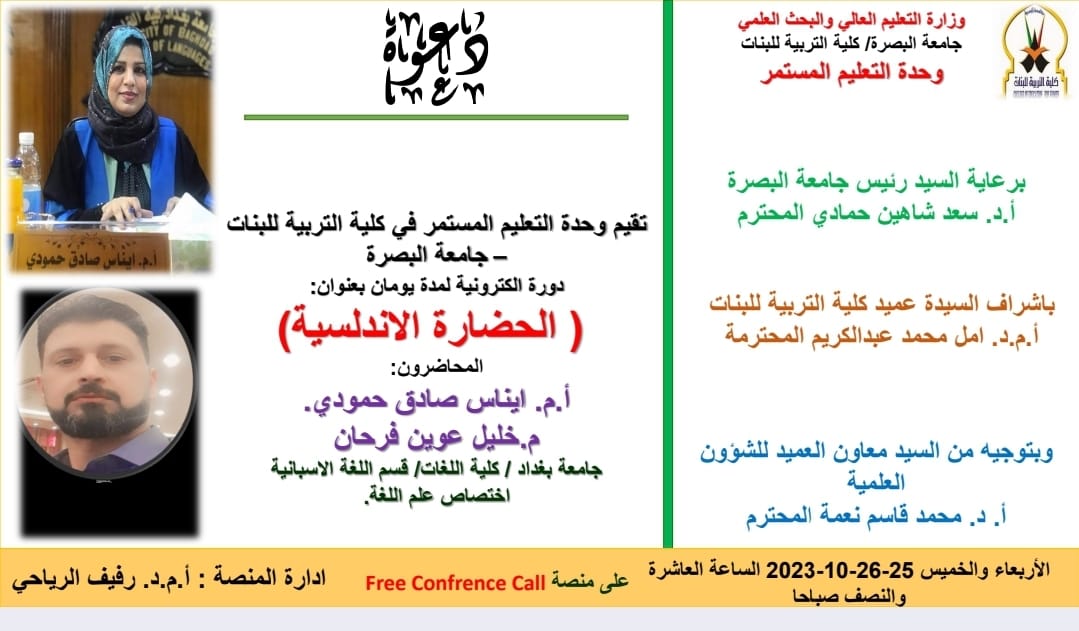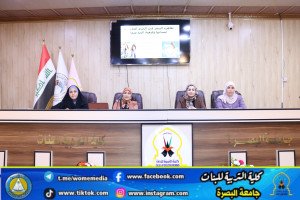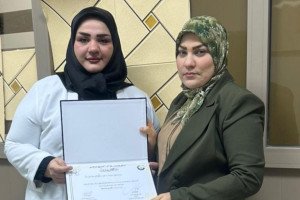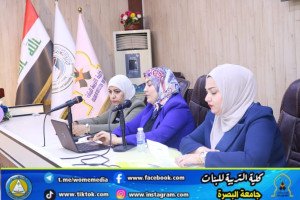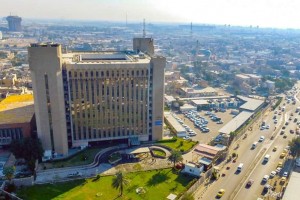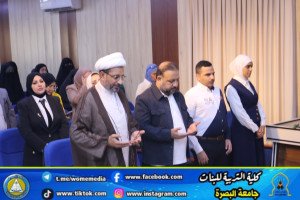
The College of Education for Girls presents a lecture on Andalusian civilization from its heyday until its decline
The Continuing Education Unit at the College of Education for Girls held a lecture on Andalusian civilization from its peak until its decline and its impact, presented by teachers Enas Sadiq Hamoudi and Khalil Awain Farhan from the Spanish Language Department at the College of Languages, University of Baghdad.
The lecture touched on the Arab conquest of Andalusia and the beginning of the Islamic presence there, which extended for approximately 800 years. During that period, Muslims established a great civilization in the Andalusian country, as it was considered the “lighthouse of Europe” until the fall of the Kingdom of Granada in 1492 AD.
The lecture also showed the desire of the Spaniards who remained Christians during that period to learn the Arabic language and become acculturated to Islamic culture while preserving their religious specificity. They were known as the Musta’rabs, and they wrote their language in Arabic letters, so Andalusia flourished in many aspects, including economy, agriculture, industry, commerce, urbanization, and others.
The Arabs in Andalusia - currently Spain - left a great civilizational and cultural legacy that is still a witness to that era, and even a linguistic one, as the Spanish language abounds with approximately 4,000 Arabic words in Spanish dictionaries, and the rules of the Spanish language were modeled on the rules of the Arabic language.
